World Olive Production by Country
World Olive Production by Country Seamerco research team wrote this article Countries by

Complete line for processing tomatoes from receiving, washing, and sorting section to the concentration of tomato juice via evaporators.
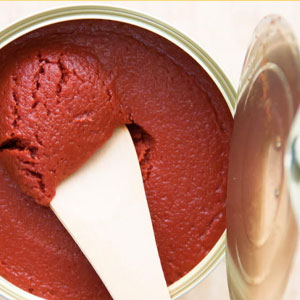
Packaging of tomato paste with arbitrary bricks as well as pasteurization operations to increase the shelf life of the product up to 24 months.
• Capacity: 1~10 MT/Hour
• Packaging: metal can, glass
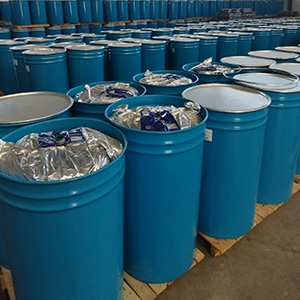
Packaging of preservative-free raw materials in pressurized and temperature-controlled aseptic bags with a shelf life of 24 months.
• Capacity: 90 to 200 tons per day
• Products: tomato paste, fruit concentrate…
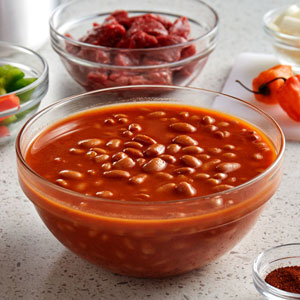
Total automatic production and packaging line using an industrial automation system without the need for an operator.
• Capacity: 25 to 12 thousand cans of 400 gr.
• Products: beans, mushrooms, peas, beans.

Tuna production with an automated system has a production process to increase productivity and non-dependence on human resources.
• Capacity: 15 to 25 thousand cans.
• Products: tuna fish, canned meat, and chicken.

Fully automatic production and packaging line using the industrial automation system and the ability to produce various products.
• Capacity: 15,000 to 25,000 cans/jars
• Products: jam and compote
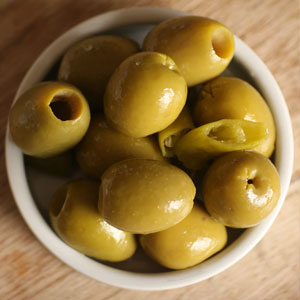
Canned olive production line with machinery such as blancher, capping pasteurization machine, and industrial automation.
• Capacity: 2 to 10 tons
• Products: salted, cultured olives
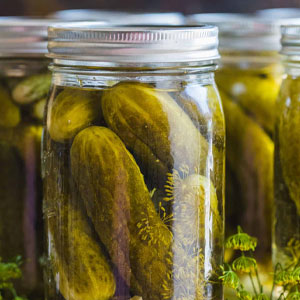
Canned olive production line with machinery such as blancher, capping pasteurization machine, and industrial automation.
• Capacity: 3 to 12 tons
• Products: canned soups and pickles

Production of canned food for pets including the steps of defrosting, cooking, adding formulation and packaging in metal cans.
• Capacity: 1 to 2 tons of input per day
• Products: Canned Chunk, Pate and Pouch
SEAMERCO industrial group has participated in setting up 170 domestic factories and 35 foreign factories.

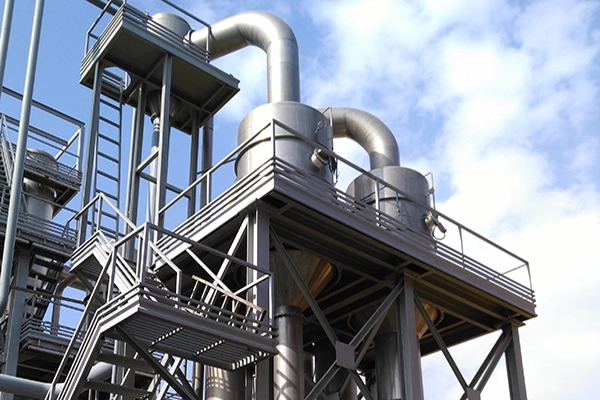

World Olive Production by Country Seamerco research team wrote this article Countries by
Types of olive packaging Seamerco research team wrote this article cost-effective making an
History of the Olives Seamerco research team wrote this article The olive branch